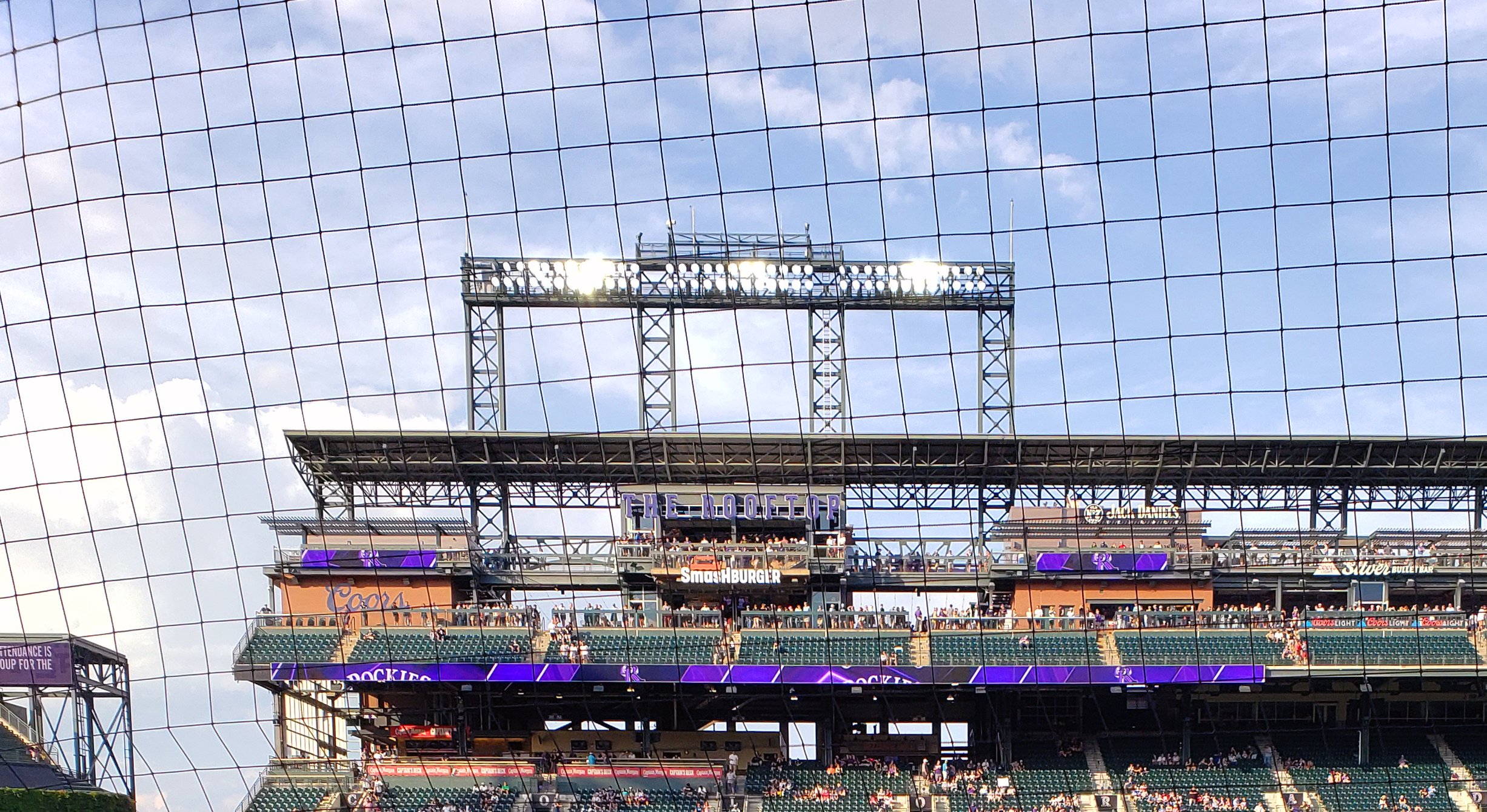The Future of
Stadium Design
How Flexibility Promotes Diversity and Inclusion
March 2024
As designers and women who frequent sporting events, we have long noticed that stadiums are often designed with a specific demographic in mind – avid male sports fans. Through this lens, the designs focus on the sporting event as the primary and often only point of interest. However, the future of stadium design lies in the ability of the venue to create an experience beyond the sporting event and more importantly account for a more diverse demographic of attendees. We have identified several solutions, some very direct and some guiding principles, that shift the paradigm to design inclusively. By focusing on flexibility, comfort, and connection we are allowing all attendees to adjust their experience to meet their needs and wants, creating a more inclusive experience.
Let’s start off by focusing this article on flexibility in stadium design. While the macro level of flexibility looks beyond sporting events for stadiums by designing for multiple types of events at one location, we are interested in looking at flexibility on an individual’s level. Taking this approach, flexibility is measured by how many different combinations of experiences one event can offer. Therefore, in stadium design, flexibility comes through providing options in non-traditional viewing spaces, varied support spaces, and opportunities for stopping in high traffic areas.
The Rooftop at Coors Field
Creating a flexible experience that focuses beyond the game means providing options for how an event is experienced. Non-traditional viewing locations like the outfield pool at Chase Field (Arizona Diamondbacks) or The Rooftop at Coors Field (Colorado Rockies) focus the experience on fun and interesting perspectives instead of just the game. SoFi Stadium (LA Rams / Chargers) and Allegiant Stadium (Las Vegas Raiders) include lounge seating in their ticketed spaces, attracting those who prefer the comfort of their couch to a small, hard seat. Designs for non-traditional viewing locations can also take advantage of spaces that would otherwise be unoccupied. These designs expand the experience beyond the game by focusing on social interactions and providing flexibility for people to choose what is important to them at a game.
Non-traditional seating at Tom Benson Hall of Fame Stadium
To provide attendees with an enjoyable and flexible experience, it is essential that stadium designs also provide varied support space accommodations. First, designs must provide additional types of support spaces including- mother’s rooms, sensory rooms, family restrooms, and unisex restrooms. These spaces allow attendees options to accommodate their unique needs. Next, the design of typical support spaces like restrooms and drinking fountains needs to be reexamined. For example, increasing the number of water bottle filling stations and spreading their locations out provides more flexibility in how and what attendees can drink. Lastly, stadium designs must provide enough flexibility to locate these spaces in easily accessible but still private locations throughout the venue. Designing varied support spaces to provide flexibility in accommodating people’s needs, provides comfort and enjoyment to a wider demographic of attendees.
Main Concourse at Climate Pledge Arena in Seattle
Designing for flexibility not only allows individuals to customize their experience but also promotes inclusion. A variety of food allows those with allergies or dietary restrictions the flexibility to accommodate their needs. Providing non-traditional viewing locations allows those who are new or less interested in sports to be included. These non-traditional viewing locations, when designed well, include those with disabilities in a wider variety of experiences. Additionally, flexibility in high traffic areas allows attendees to safely stop providing a more inclusive experience for the elderly, those with disabilities, or those who are just trying to find their friends. In the end, the future stadium design, and all design, is the ability for these spaces to provide flexibility so a diverse demographic can customize their experience and feel included.
Lastly, flexibility must allow opportunities for standing or stopping in areas of high traffic. When looking at the design of the main concourse, for example, creating intentional pockets of space where the people can stand without impeding the flow of the crowd. Not only do these pockets of space provide opportunities for fans to organically socialize but it allows attendees to take a break or reorient themselves. This flexibility of the design focuses on more than just moving people in and out by providing the ability for attendees to navigate the noise and chaotic spaces at their own speed to curate their own experience.





